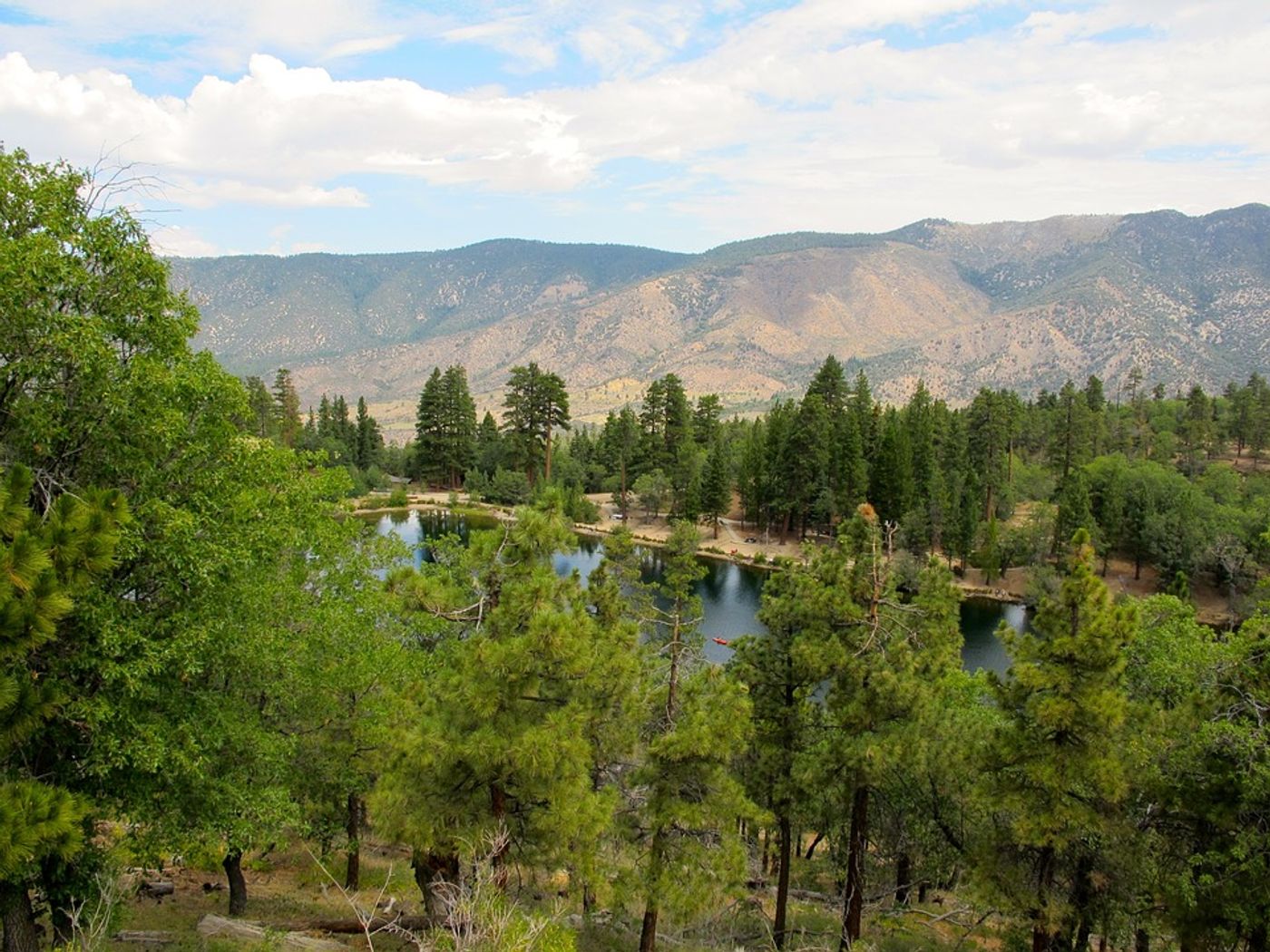Variable rainfall hits Southwestern US forests hard
Research from the University of Arizona provides another call for alarm regarding the climate crisis: more rainfall, which is a result of warming temperatures in the atmosphere, could mean fatal consequences for trees in the semi-arid forests of the southwestern United States. The study was published recently in the journal Science Advances.
"In many parts of the United States, tree growth responds more strongly and consistently to dry years than it does to wet years, so increases in growth during wet years do not completely offset reductions in growth during drought," said lead author Matt Dannenberg. "Because of this, increases in rainfall extremes can lead to long-term declines in tree growth, even with no change in average precipitation. This is particularly true for forests of the Southwest.”
Dannenberg and his fellow researchers used dendrochronology, or the study of tree rings, to analyze just how forests are reacting to climatic changes like heavy rainfall events. The team looked at trees from over 1,300 sites in the United States in order to figure out which particular species were the most and least resilient to extreme rains.
"Tree-ring records are one of our most important data sources for understanding past climate and for placing recent climate change into a long-term context," explained co-author Erika Wise. "By looking at how tree growth responded to the climate in the past, we were able to investigate how changing precipitation extremes are likely to affect our forests."
The scientists found that the tree species that populate the southwestern United States are especially vulnerable to changes in precipitation. "The Southwest's iconic ponderosa pine, Douglas-fir, and piñon pine were particularly affected, as were the bur oak in the upper Midwest, each seeing significantly reduced growth during dry years that wasn't balanced by the growth spurred by wetter years," said Dannenberg.
Climate models predicting the future of our planet point toward a continued rise of unpredictability in precipitation as we near 2100. Because of this, the researchers behind this study, as well as others concerned about the plight that we have put ourselves in, are pondering how we can prepare for the inevitable changes that we face.
"We hope our study motivates additional research efforts across dryland ecosystems of the Southwest," said senior author William Smith, who is an assistant professor at the University of Arizona School of Natural Resources and the Environment.
"Key Southwest tree species may be at risk as precipitation extremes intensify. The loss of these important species could have profound negative consequences for society, including large reductions in regional ecosystem carbon storage," Smith added. "If we want to avoid these emerging negative effects of climate change, there is an urgent need for more research that can help inform adaptive land management strategies."
Sources: Science Daily, Science Advances









